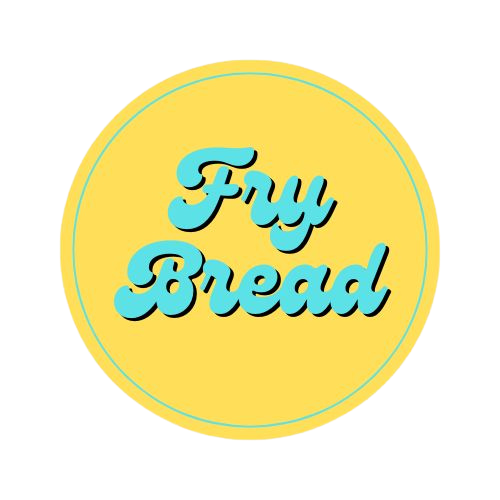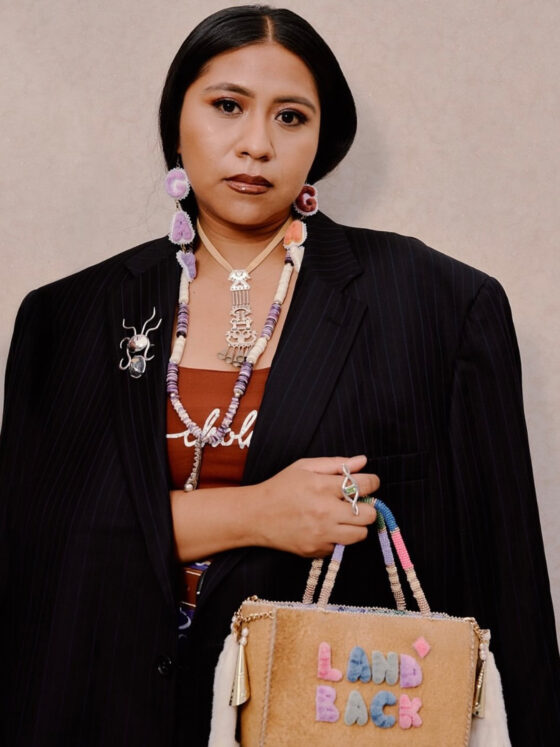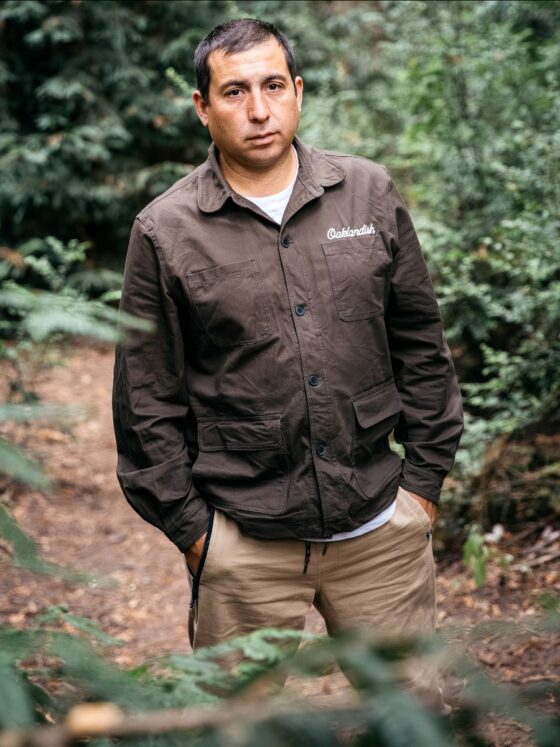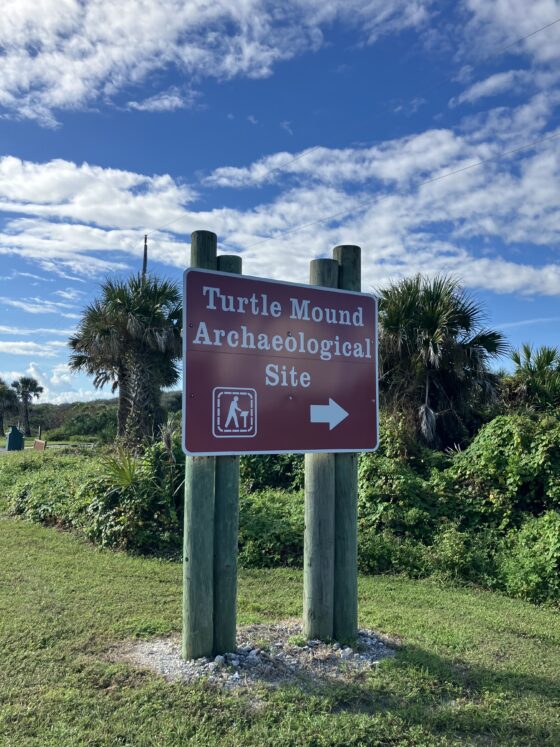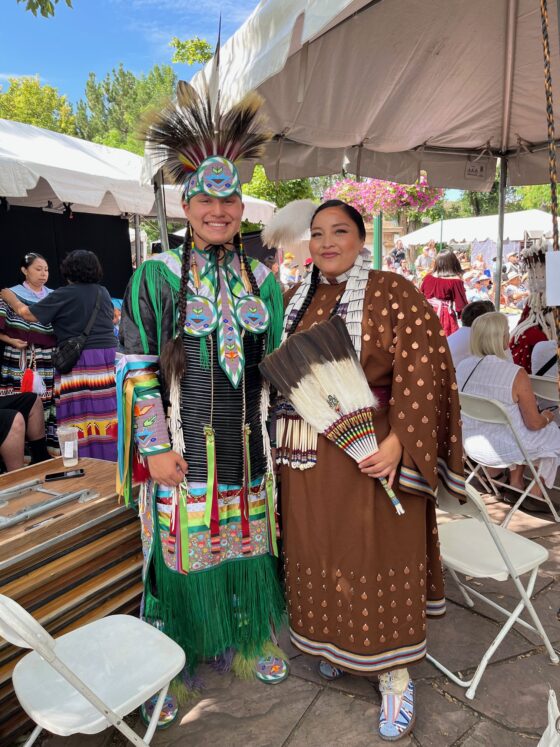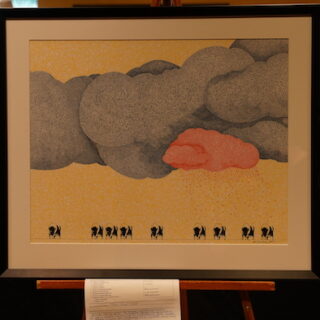See it: “Radical Stitch” The Largest Contemporary Indigenous Beadwork Exhibition
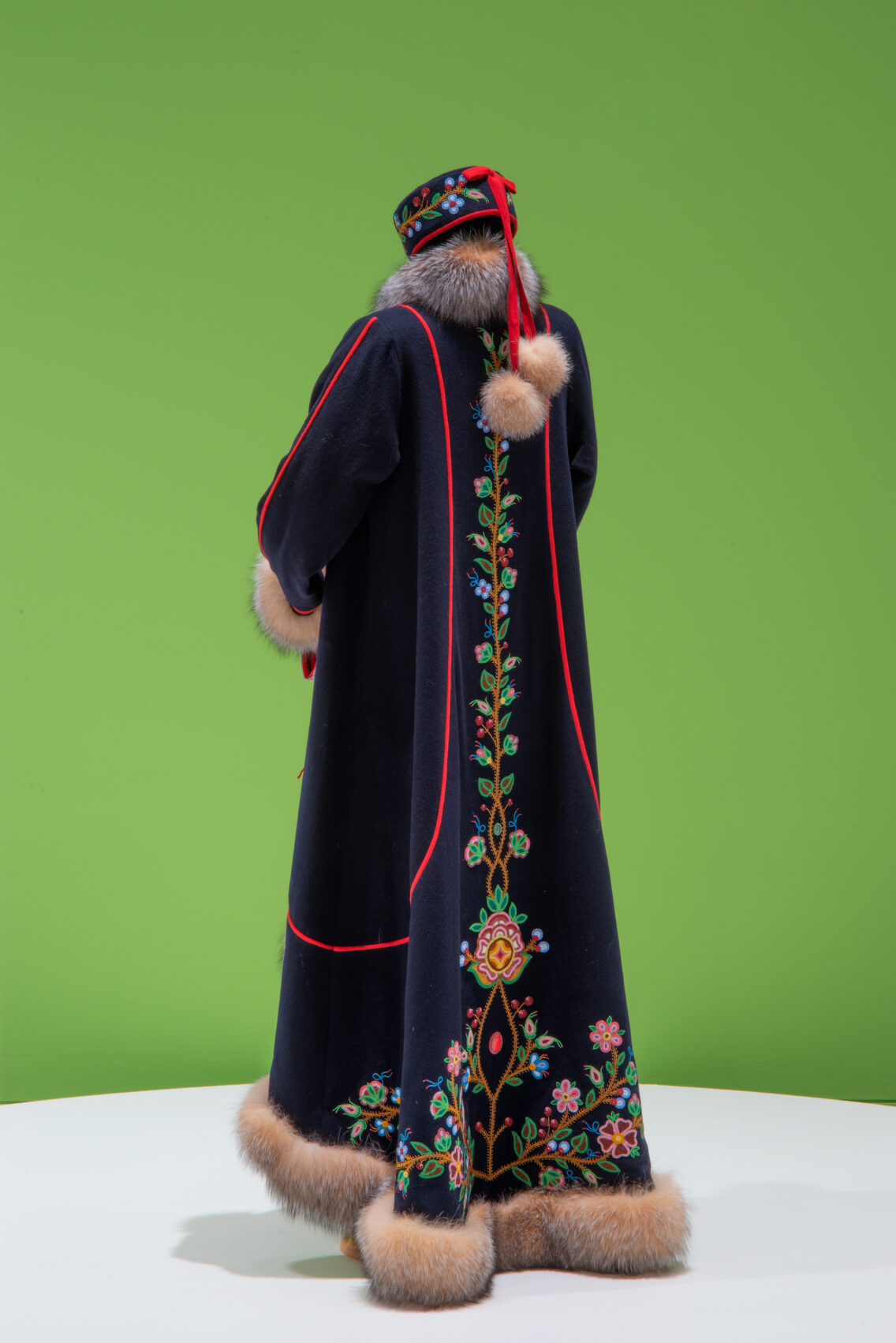
INDIANAPOLIS–Through August 3rd, the Eiteljorg Museum of American Indians and Western Art is hosting “Radical Stitch,” the largest survey exhibition of contemporary Indigenous beadwork ever presented on the continent.
This groundbreaking exhibition represents the only stop in the United States for this internationally acclaimed show.
Organized by the MacKenzie Art Gallery in Regina, Saskatchewan, this is one of the most expansive exhibitions of its kind, featuring around 100 pieces by Indigenous artists from across North America. The exhibition was originally curated by Sherry Farrell Racette and showcases the evolution of beadwork from traditional craft to contemporary artistic expression.
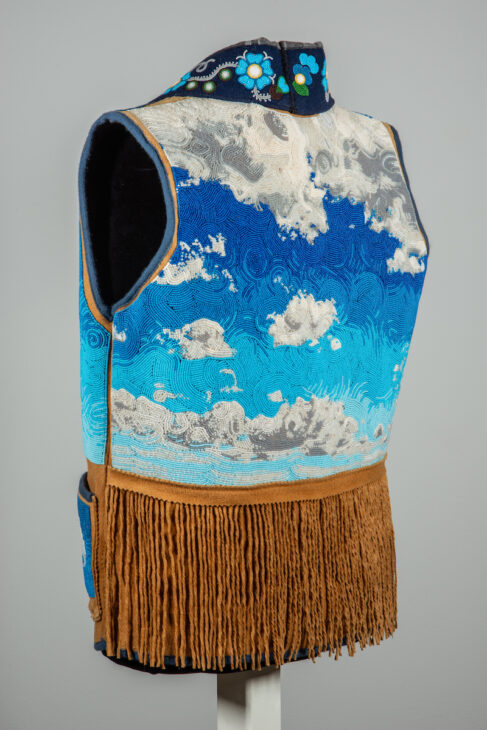
Best Reason to Visit Indianapolis
Fry Bread, with the support of Visit Indy, made the journey to the Eiteljorg for this exhibition, where we were moved and inspired by the work.
Ruth Cuthand’s recreation of brain scans, titled ADHD and Schizophrenia (both 2022) were glow-in-the-dark marvels. Judy Anderson’s large piece for her brother, Every time I think of you I cry (2021), a shimmering, large piece made with porcupine quills, deer hide and Miyuki seed beads brought us to tears before we knew it’s title or it’s meaning. We wept more when we read the story behind it.
Alesia Poncho and Farlan Quetawki created little action figures of beads, including a minion and Batman. Faye Heavyshield created a book–a book–of glass beads and string: hours (2007).
In addition to the Radical Stitch exhibition, the Eiteljorg is home to artistic work from across Indian Country, a café, Western history–and families visiting, remembering their own ancestors.
Cultural Significance and Artistic Innovation
Glass beads became part of Native art traditions after being introduced through trade in the 1800s. Since then, beadwork has grown into a form of creative and cultural expression. The featured artists explore diverse themes including food sovereignty, pop culture, and Indigenous Futurism—a genre that reimagines Native life through speculative and science fiction perspectives.
“These meticulous details and faceted surfaces are dazzling to behold — and contain meaningful connections to both global exchange and cultural resilience,” said Eiteljorg curator Laura Fry, as reported by Native News Online.
The exhibition demonstrates how contemporary Indigenous artists are pushing the boundaries of traditional beadwork while maintaining deep connections to cultural heritage. Many of the featured artists come from a range of tribal nations and experiences. Seven of them are past recipients of the Eiteljorg’s Contemporary Art Fellowship, highlighting the museum’s ongoing commitment to supporting Indigenous contemporary art.
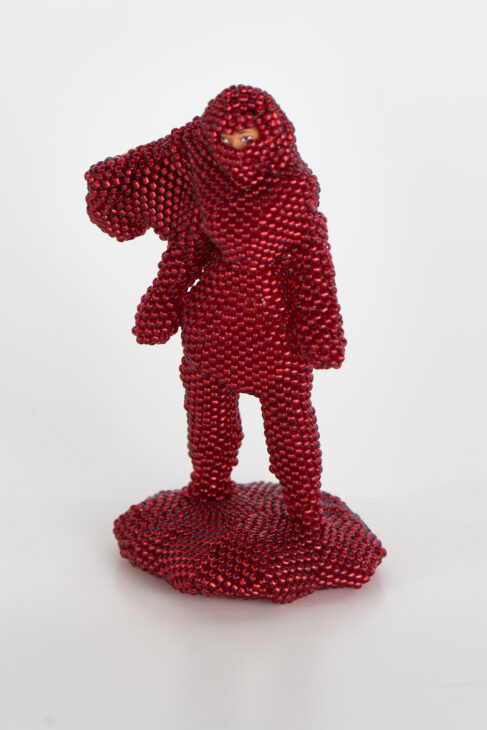
International Recognition and Tour
Before arriving in Indianapolis, “Radical Stitch” made stops at prestigious venues including the MacKenzie Art Gallery in Regina and the National Gallery of Canada. The tour is supported by the Canada Council for the Arts, underscoring the international significance of this comprehensive survey of contemporary Indigenous beadwork.
According to Indianapolis Monthly, the show offers viewers one of the most significant examples of contemporary Indigenous art in a beautiful and comprehensive display of beadwork. The exhibition’s scale and artistic quality have made it a landmark presentation that bridges traditional Indigenous practices with cutting-edge contemporary art.

Programming and Community Engagement
The Eiteljorg Museum has organized extensive programming around the exhibition to deepen visitor engagement and understanding. On opening day, April 12, the museum hosted a public gallery talk featuring Eiteljorg Curator of Native American Art Dorene Red Cloud (Oglala Lakota) alongside the exhibition’s co-curators Michelle LaVallee, Cathy Mattes, and Sherry Farrell Racette, along with featured artists.
That afternoon, there was a panel discussion titled “Resisting While Transforming,” focused on how beadwork acts as a tool of resistance and transformation, followed by a live demonstration by one of the featured artists. These programs emphasize the exhibition’s central theme that contemporary Indigenous beadwork serves not only as artistic expression but also as cultural resistance and preservation.
The exhibition represents a significant milestone for the Eiteljorg Museum, which has long been recognized as one of the premier institutions for American Indian and Western art. By hosting the only U.S. presentation of “Radical Stitch,” the Indianapolis museum continues its mission to present Indigenous voices and perspectives to diverse audiences while celebrating the innovation and resilience of Native artists across North America.
Fry Bread encourages visiting the Eiteljorg this summer for Radical Stitch through August 3rd, or any time. eiteljorg.org
